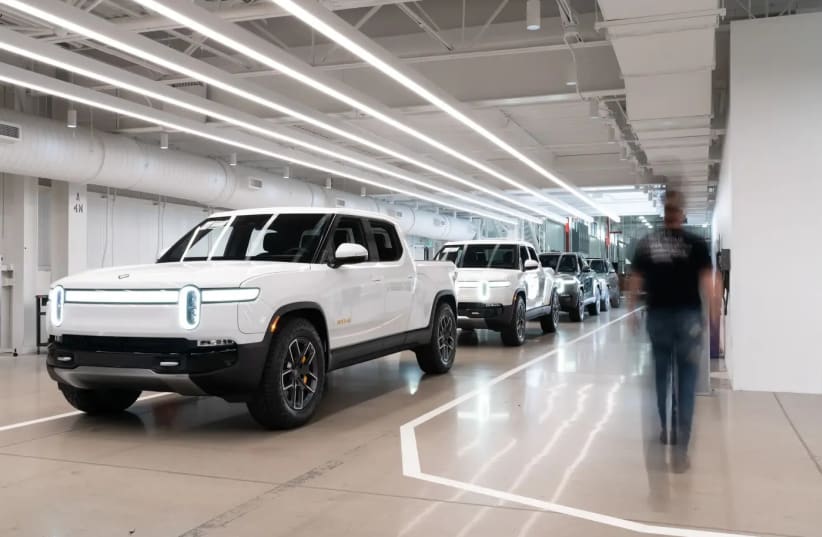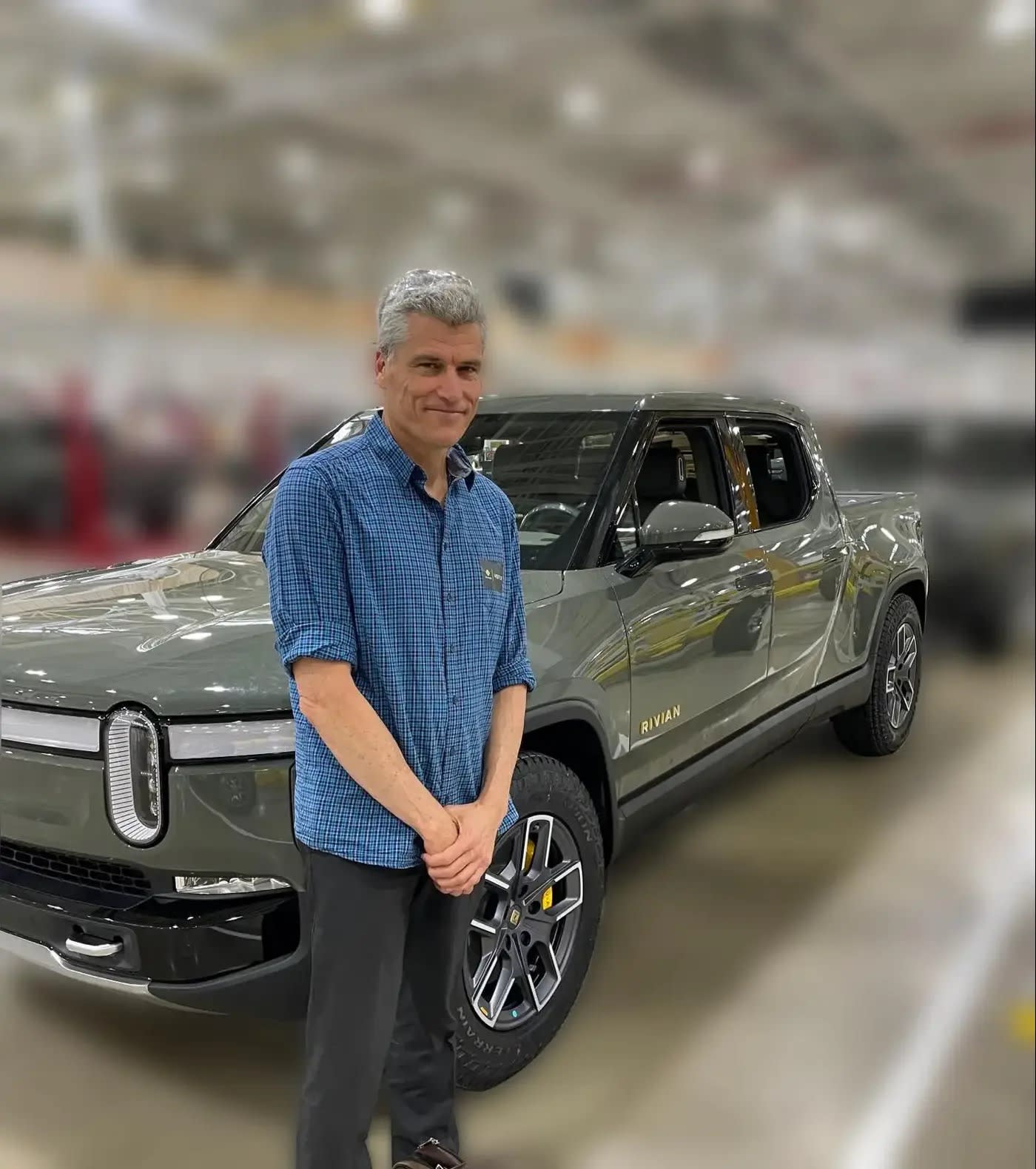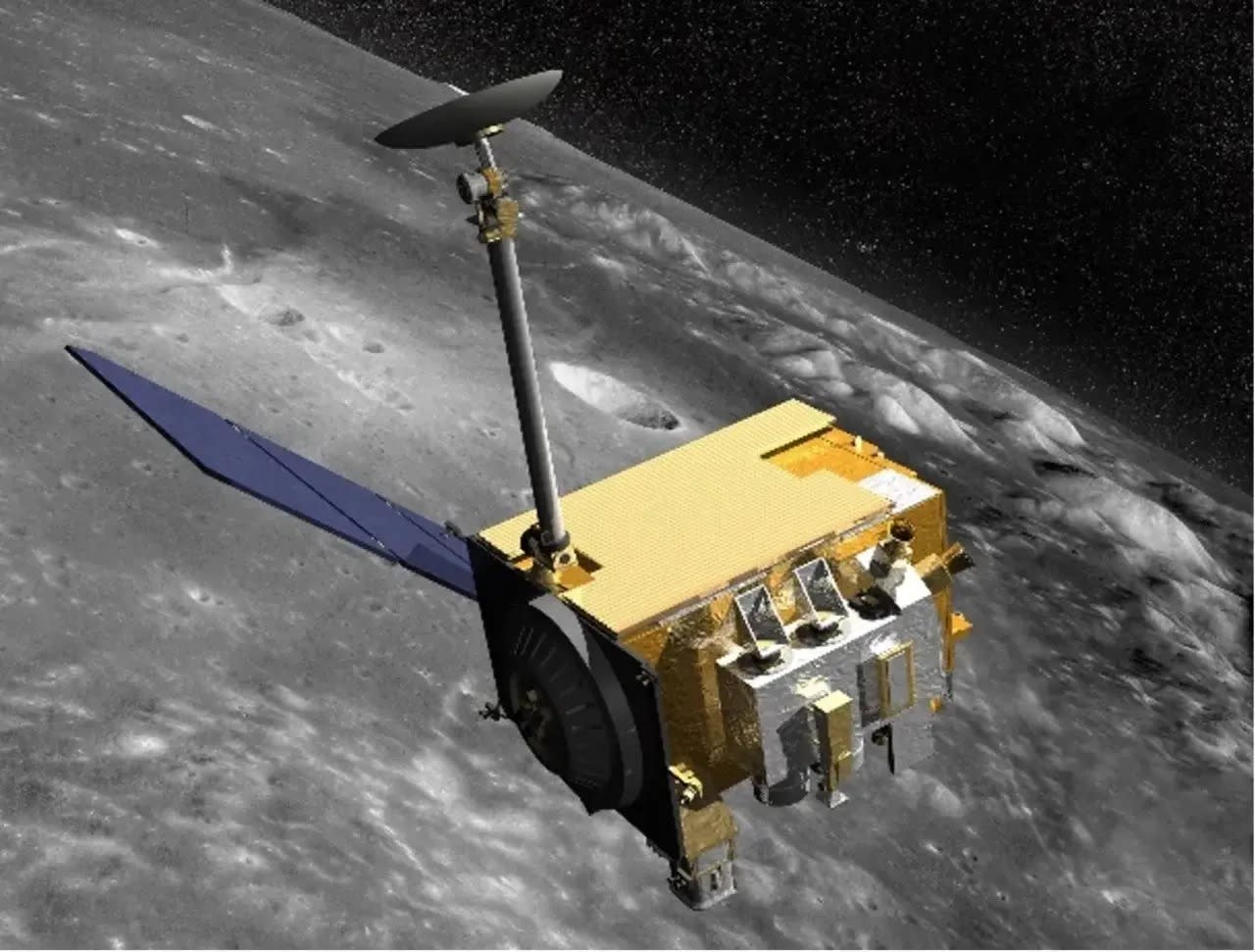Today, Rivian is one of the prominent electric car manufacturers in the US, famous for the R1 sedan and off-road vehicle, and she sparked a lot of interest with the R2 and R3 unveiled last month. But in 2022, she was still a promising electric startup, with an interesting prototype and a huge contract for electrical commercialization with Amazon.
But the company had a problem. Some of the cars that came out of her production line in Illinois suffered from electrical malfunctions, requiring hours of technician work to identify their source in order to solve them before they were transferred to sales agencies and customers. That was the moment the phone rang in Kfar Saba. On the line was William Cleveland, one of the technical experts of the young company. Ofir Hoffman, CEO and founder of Sital Technologies, answered the call.
"Ofir? I need your help again," Cleveland informed him, already familiar with Sital's manufacturing capabilities from General Motors. A few weeks later, Rivian became another customer of Sital's physics device. Cleveland himself would start working this year as a marketing person for the unfamiliar Israeli company to promote its products to other companies in the US.
It all started in the late 80s. Hoffman was a senior technician and instructor for maintaining avionics of F-16 aircraft in the Air Force, when he decided to retire from regular service, study electrical engineering at the Technion, and later establish his own company. Today Sital sells millions of dollars a year in communication engines and fault detection devices, with its components already found in satellites, NASA research spacecraft, combat aircraft, and Rafael's smart weapons.
The automotive industry has only recently begun to deal with electrical and communication faults that the aviation and space industry has long been familiar with. Car manufacturers always boast about shiny production lines, sending the press pictures of robots and workers building hundreds of thousands of new cars at each factory every year. But there are a few things that they forget to mention at the same time, such as the number of faults that are discovered in a car right at the factory.
In every production line, sharp-eyed inspectors can see a group of finished cars that did not keep up with the rest, surrounded by tired technicians. There are faults that are easy to locate and fix, but also those that send teams to work for hours searching for the cause. Electrical faults can be the most humiliating.
"When we started working with the automotive industry, we found on the production line on average one fault in every ten cars, with one communication electrical fault in every ten cars with a fault, meaning one in a hundred cars. Today, this number of communication faults sometimes stands at one in every twenty cars," explains Hoffman.
Hoffman: "In 2014, cars had at most three communication of basses. Today, Tesla has six, and there are manufacturers with more. As soon as a communication problem that causes one system not to function is identified, it can be in the wiring, and it can be in the components. It can take 4-5 hours to find it."
Sital developed a passive TDR device designed to identify the precise location of communication faults, just by listening to their activities. As cars become more advanced, the number of electrical faults increases. "Ford T was planned so that the customer could maintain it themselves. This is not realistic in the era of electric vehicles," explains William Cleveland in a conversation from the USA. "Rivian, for example, is an amazing and complex product, and accordingly, there is a potential for manufacturing faults. About 20% of modern electric cars will suffer from a communication fault during production that will require some treatment at the factory. Many manufacturers are currently announcing delays and postponing electric vehicle production, which is perceived as a result of declining demands, but also more complex production will affect decisions. Sital's physicist device can reduce the fault repair time from 3-4 hours to 20 minutes thanks to the precise identification of the fault location and save manufacturers hundreds of thousands of dollars in manpower and millions of dollars in component damage during the search process."
A year and a half ago, Hoffman's eldest son, Guy, joined the company. These days, he works in the company in its new hybrid configuration: three days in Kfar Saba, four in the reserves as an officer in the Air Force. "The need to quickly identify the source of the malfunction arises not only from wasting time but also from the danger of causing damage while searching. Most of the connectors in electrical systems in vehicles are built to survive 5-6 disconnections and connections during their lifetimes. If you start connecting and disconnecting parts to find the problem, in the end, they may end up being left in your hands and causing much greater damage than already exists."
Last year, they were invited to demonstrate their capabilities in identifying a communication malfunction in an Apache helicopter of the Western Air Force, which had been grounded for a year due to an unsolvable malfunction. When they finished, the helicopter was able to fly again. "Not long ago, we were informed that it has been flying for 10 hours without any malfunction," says Hoffman. The company is already in negotiations with two air forces to sell them the physicist, and discussions with the Ford vehicle manufacturer regarding the use of their technology.
They have also reached space: for the past 15 years, the research spacecraft LRO has been orbiting the moon, which was sent to map the moon with lasers. It was designed to operate for 5 years, but has survived three times as much, and is equipped with Sital communication components, just like the American Atlas launchers used to send heavy satellites into Earth's orbit. In the world, there is also a nuclear reactor with the company's communication components, designed to withstand the harsh conditions prevailing there.


